Showing 1-10 of 32 results
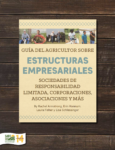
Guía del Agricultorn Sobre Estructuras Empresariales
Establecer y mantener la correcta estructura empresarial para la operación de su granja sienta las bases para un negocio agrícola estable y resiliente. La formación de una estructura empresarial puede ayudar a i) gestionar el riesgo mediante la protección de los activos de las personas propietarias ante las responsabilidades de la empresa; ii) promover las […]
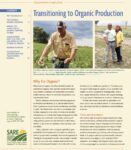
Transitioning to Organic Production
Transitioning to Organic Production lays out many promising conversion strategies, covering typical organic farming production practices, innovative marketing ideas and federal standards for certified organic crop production.
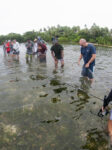
Understanding and Measuring Social Sustainability
This SARE brief defines social sustainability and illustrates how it can be addressed more clearly in SARE projects. Sample projects and quality of life indicators are provided to help grant-seekers and reviewers think broadly about understanding, measuring and describing the social impacts of research and education projects.
Plain Language Guides for New and Under-Served Producers
These plain language guides cover topics such as farm financing, accessing government programs, harvest practices and marketing. The plain language format makes this material accessible to beginning farmers, immigrants and other under-served audiences. They were produced by New Entry Sustainable Farming Project.
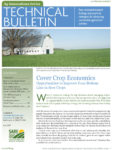
Cover Crop Economics
Cover crops can build soil health, control weeds, conserve moisture, provide grazing opportunities and more. But when do they start to pay for themselves? This analysis looks at the economics behind different management scenarios to determine if cover crops are likely to improve profitability in one, three or five years of use in corn and soybean rotations.
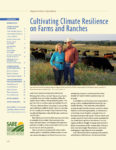
Cultivating Climate Resilience on Farms and Ranches
This bulletin outlines the new challenges that changing weather patterns pose in agriculture throughout the United States, and what you can do to make your farm more resilient.
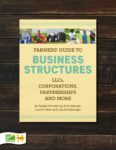
Farmers' Guide to Business Structures
Farmers’ Guide to Business Structures describes the fundamentals of sole proprietorships, general partnerships, limited liability companies and C, S and B corporations in straightforward language, to help you choose the best entity for your operation. Selecting the right business entity for your farm is like building the foundation of a house.
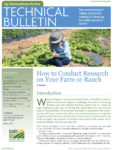
How to Conduct Research on Your Farm or Ranch
This 32-page bulletin outlines how to conduct research at the farm level, offering practical tips for both crop and livestock producers, as well as a comprehensive list of more in-depth resources.
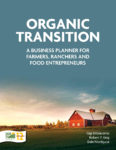
Organic Transition
The profit potential of transitioning to organic production—along with other rewards—has farmers, ranchers and food business owners across the country considering the switch. But successfully managing your business through the multi-year transition process requires careful planning. Use Organic Transition: A Business Planner for Farmers, Ranchers and Food Entrepreneurs to develop an actionable business transition plan that is suitable for yourself, your management team or a lender.

FARMDATA
FARMDATA is an online system for tracking and reporting crop production data, particularly for organic vegetable growers. The system can be used for keeping records on seeding, transplanting, harvest, cover crops, compost, fertilization, irrigation, pest scouting and spraying activities, packing, distribution and customer invoicing. FARMDATA uses smart forms that help with calculations and remember key data.